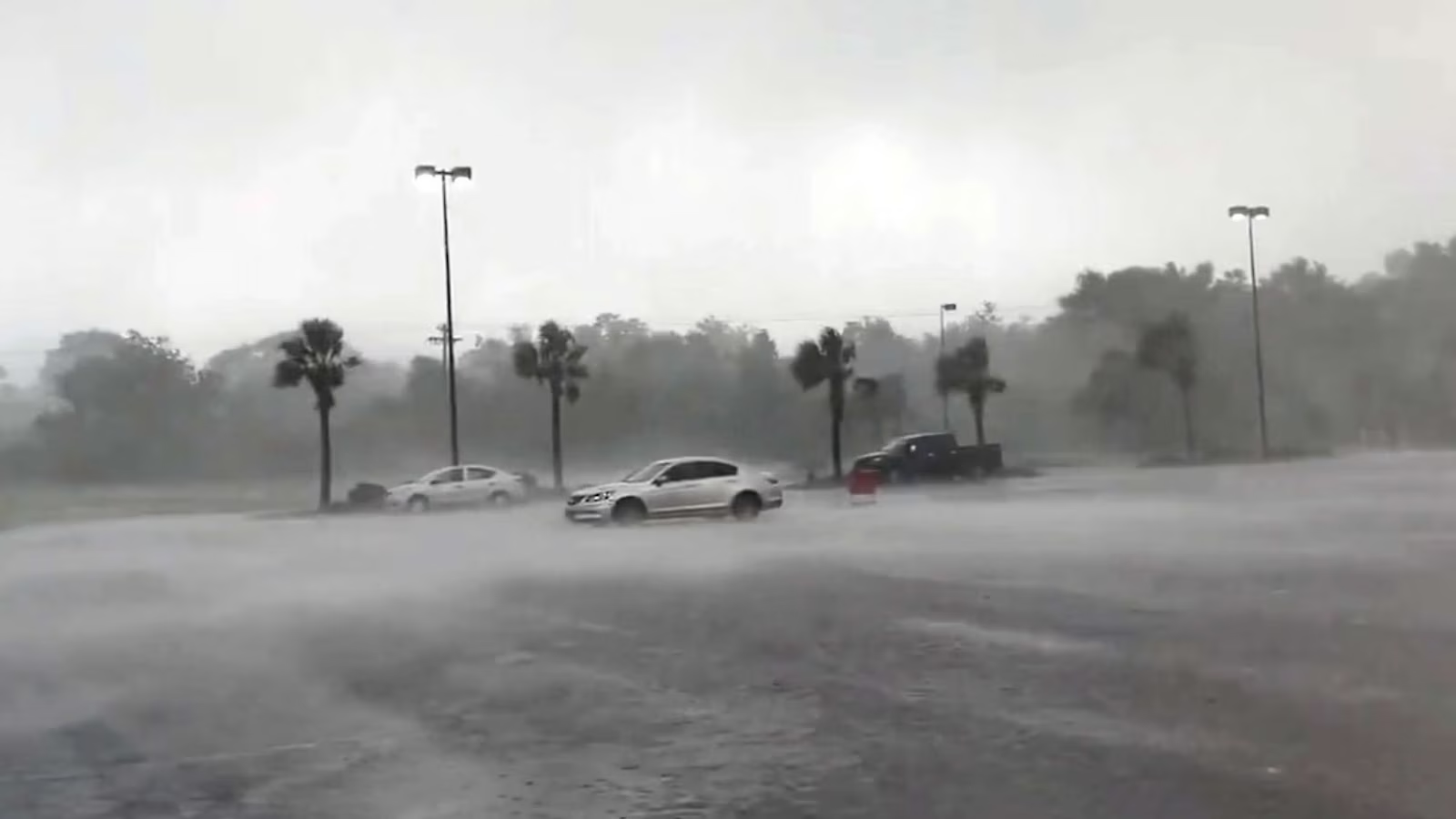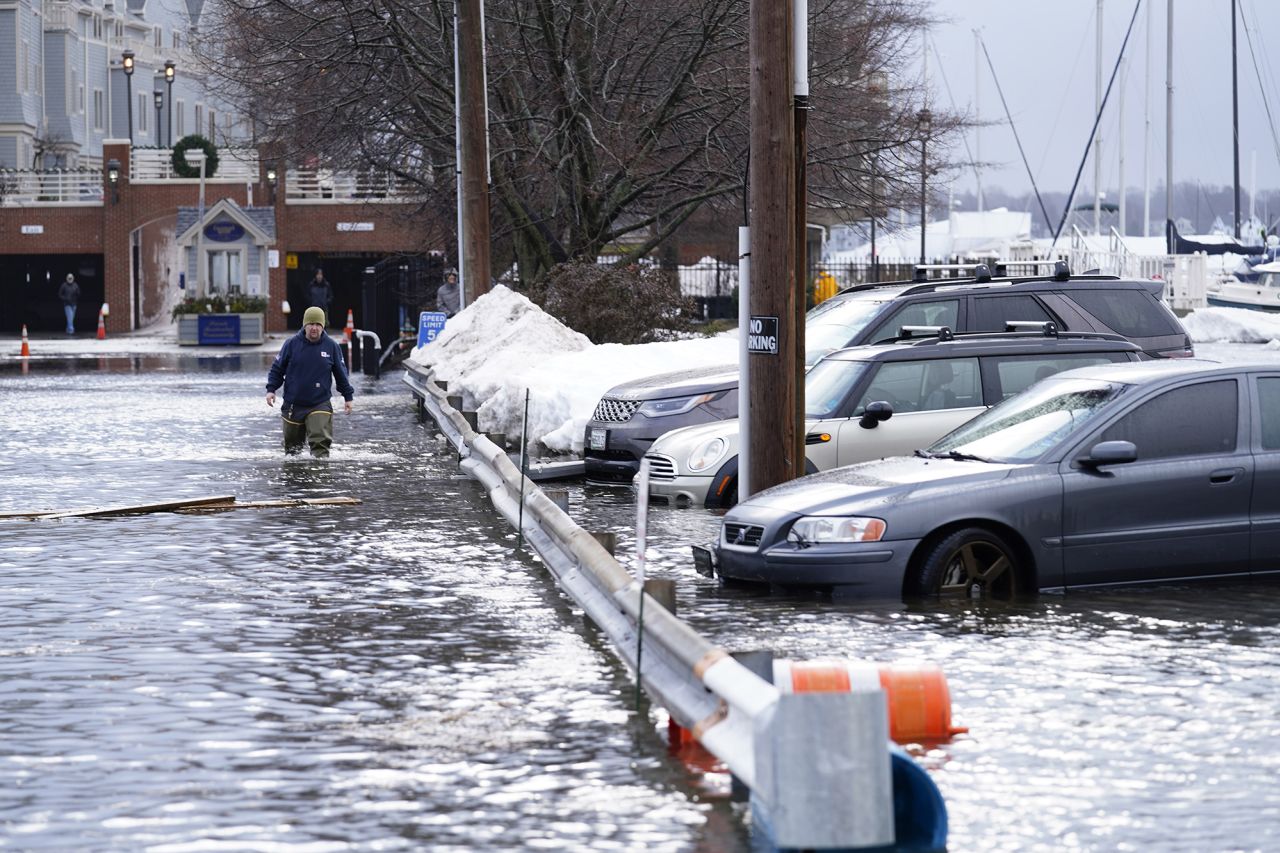The eastern United States is currently under the grip of a powerful storm system that has brought with it a combination of severe weather threats. From torrential rain and damaging winds to the potential for tornadoes and heavy snowfall in certain regions, this storm is a reminder of how unpredictable and dynamic weather systems can be. Authorities are urging residents to prepare and stay informed as the storm’s impact continues to unfold.
Overview of the Storm System
The storm, which began developing earlier this week, is the result of a low-pressure system intensifying as it moves across the country. Drawing in moisture from the Gulf of Mexico and interacting with colder air from the north, the system has created a volatile mix of conditions. This has resulted in a multi-faceted weather event impacting millions of people across several states.
As the storm progresses, it is expected to affect regions from the Southeast to the Northeast, bringing different threats to each area. In the South, severe thunderstorms and tornado warnings are prevalent, while the Midwest and Appalachian regions are bracing for heavy snow and icy conditions. Along the East Coast, high winds and flooding rains are the primary concerns.
Rainfall and Flooding Threats
One of the most immediate and widespread impacts of this storm is the heavy rainfall. Meteorologists predict that several areas could see 2 to 4 inches of rain, with localized amounts exceeding 6 inches. This level of rainfall, particularly over a short period, poses a significant risk of flash flooding.
Urban areas are particularly vulnerable, as water can quickly accumulate on streets and overwhelm drainage systems. Rivers and streams already swollen from previous rainfall are also at risk of breaching their banks, threatening nearby communities with rising water levels.
States like North Carolina, Virginia, and Pennsylvania are under flood watches and warnings, with officials urging residents to avoid driving through flooded roadways. The slogan “Turn around, don’t drown” has become a critical safety message, as many flood-related deaths occur in vehicles.
Severe Thunderstorms and Tornado Potential
The southern states are facing the brunt of the storm’s severe thunderstorm activity. Warm, moist air from the Gulf of Mexico is fueling the development of powerful storms capable of producing damaging winds, hail, and tornadoes. The Storm Prediction Center has placed parts of Alabama, Georgia, and Florida under an enhanced risk for severe weather, with tornado watches already issued in some areas.
Residents in these regions are being advised to have multiple ways to receive weather alerts and to be ready to take shelter if a tornado warning is issued. Schools and businesses in some areas have already implemented precautionary measures, including early closures, to ensure safety.
Tornado outbreaks in these scenarios can occur with little warning, making preparedness crucial. Experts are also reminding people to avoid the common misconception that tornadoes cannot strike at night. In fact, nocturnal tornadoes are often more dangerous because they are harder to see and people are less likely to be alert during those hours.
Snow and Ice in the Northern Regions
While rain and thunderstorms dominate the southern and coastal areas, the northern parts of the storm system are dealing with snow and ice. States like Ohio, West Virginia, and western Pennsylvania are experiencing a wintry mix that could make travel treacherous.
Snowfall totals are expected to range from 4 to 8 inches in some locations, with higher amounts in elevated areas such as the Appalachian Mountains. In addition, freezing rain could create a layer of ice on roads, power lines, and trees, increasing the likelihood of power outages and hazardous travel conditions.
Transportation officials are working around the clock to salt and plow roads, but they are also urging people to avoid unnecessary travel until conditions improve. Airlines have already canceled or delayed hundreds of flights in anticipation of the storm’s impact on major hubs in the region.
High Winds Along the East Coast
As the storm strengthens, it is expected to generate powerful winds along the East Coast. Gusts of 40 to 60 mph are likely in coastal areas, with even higher speeds possible in exposed locations. These winds can bring down trees and power lines, causing widespread outages and damage to property.
Residents in coastal communities are also being warned about the potential for storm surges, which could lead to coastal flooding. High tides combined with the strong winds are expected to push water inland, particularly in low-lying areas. Emergency management teams are closely monitoring the situation and have prepared evacuation plans if conditions worsen.
Power Outages and Infrastructure Challenges
The combination of heavy rain, high winds, and ice is already straining infrastructure across the affected regions. Utility companies are on high alert, with crews pre-positioned to respond to power outages. However, restoring power during such a widespread and multifaceted storm can be a daunting task.
In addition to power outages, the storm poses risks to transportation networks. Interstate highways are experiencing delays due to flooded or icy roads, and some local roads have been closed entirely. Airports in cities like Atlanta, Washington, D.C., and New York are dealing with disruptions, with cascading effects on air travel nationwide.
Preparedness and Safety Measures
Authorities are emphasizing the importance of preparedness and urging residents to take the storm seriously. Here are some key safety tips:
- Stay Informed: Keep up with local weather forecasts and alerts. Use multiple sources, such as weather apps, radios, and TV broadcasts, to stay updated.
- Emergency Supplies: Ensure you have enough food, water, and essential supplies to last several days in case of power outages or road closures.
- Avoid Travel: If possible, stay off the roads until conditions improve. If you must travel, check road conditions and ensure your vehicle is equipped for winter weather.
- Secure Outdoor Items: High winds can turn outdoor furniture, decorations, and other items into dangerous projectiles. Bring them inside or secure them tightly.
- Flood Precautions: Move to higher ground if you are in a flood-prone area. Avoid walking or driving through floodwaters.
- Winter Storm Preparedness: If you are in an area expecting snow or ice, have shovels, salt, and warm clothing on hand. Keep a flashlight and extra blankets in your vehicle in case you become stranded.
The Bigger Picture: Climate and Weather Patterns
While storms like this are not uncommon, their intensity and frequency have raised questions about the impact of climate change on weather patterns. Warmer ocean temperatures and shifting atmospheric conditions can contribute to more powerful storms, with greater moisture content and energy.
Scientists continue to study these connections to better understand how climate change might influence future weather events. In the meantime, the focus remains on adapting to these changes and improving forecasting and preparedness to minimize the impact on communities.
Conclusion: A Storm to Remember
As the storm moves through the eastern United States, its multi-threat nature serves as a stark reminder of the power of nature. From flooding rains and severe thunderstorms to snow, ice, and high winds, this storm has tested the resilience and preparedness of millions of people.
While the immediate priority is ensuring safety and responding to the storm’s impacts, the event also highlights the need for ongoing investment in infrastructure, emergency management, and public awareness. By learning from storms like this, we can better prepare for the challenges that future weather events may bring.




